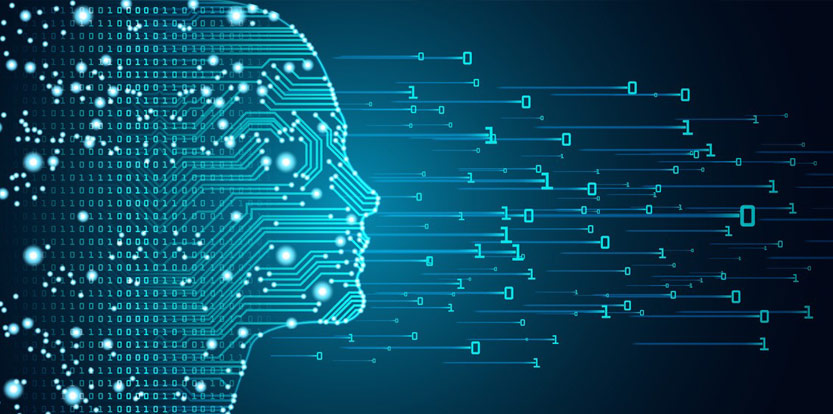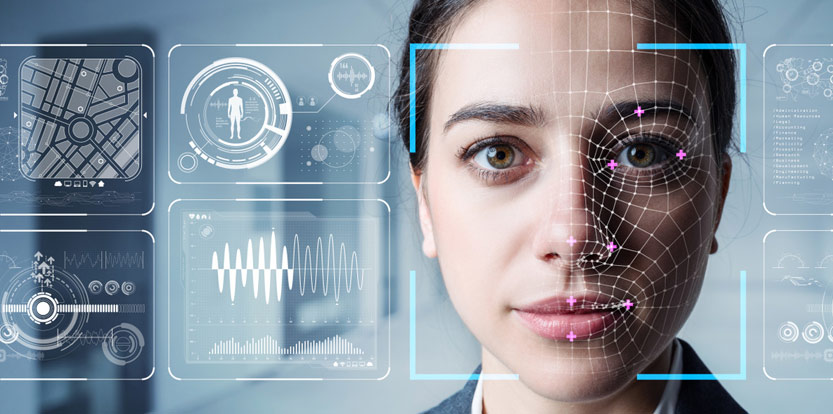

Surveillance video has become an indispensable resource across many different sectors and for multiple purposes. It can be used to confirm a slip and fall at a grocery store for insurance purposes, identify individuals trespassing at a commercial warehouse at night, or detect theft of goods from a retail store.
However, surveillance cameras in these scenarios have limitations. For example, once a security guard arrives on the scene it can be difficult to discern the interaction between the trespasser and the security guard by relying only upon cameras that are fixed to a building. Now, security technology has evolved so that not only can we receive alerts and view live video as an incident happens, but that data can be portable.
Body worn cameras can provide an additional level of situational awareness when worn by delivery people, first responders, public transportation drivers and school administrators, to name a few. People in public facing positions are being held accountable for their actions. As a result, open wearable surveillance devices have become a valuable tool to help ensure policy and procedure compliance across multiple disciplines.
For instance, video that has been captured using a body worn camera as a grocery store employee interacts with a non-mask wearing customer can be reviewed to ensure the employee addressed the customer appropriately and followed corporate policy. Or, it can be leveraged to prove that a delivery driver did in fact deliver an expensive package to a specific address.
While the video quality coming from the body worn camera itself is critical, storing and managing the recorded video from these devices is equally as important. Once the video is captured, it also needs to be securely stored and its accessibility needs to be maintained should that data need to be retrieved in the future.
Here’s where integration with a video management system (VMS) becomes key. It’s important to ensure the system that you select not only seamlessly integrates with the body worn camera but provides critical functionality and features. A quality VMS should have the ability to organize and search through video footage from video multiple sources that have been arranged by time, date, location and source.
This means that video from the body worn camera can seamlessly correspond to other important surveillance assets, such as video captured by a fixed camera inside a grocery store or the parking lot. When an incident happens, such as when a customer refuses to wear a mask, being able to compile video from the body worn camera, the camera inside the store, and the one in the parking lot provides the end user a complete picture from multiple viewpoints.
As surveillance needs continues to evolve, body worn cameras in turn are being viewed as an effective and important part of the business management toolbox.
For more information, please visit exacq.com or contact your Regional Sales Manager.

There’s a considerable number of technological changes occurring within the security industry and nowhere is this more evident than

The ability to quickly determine the presence of face masks in large groups of people, or inside buildings, has been an ongoing challenge.

Video management software is the cornerstone of every surveillance system, providing vital capabilities including the ability to manage